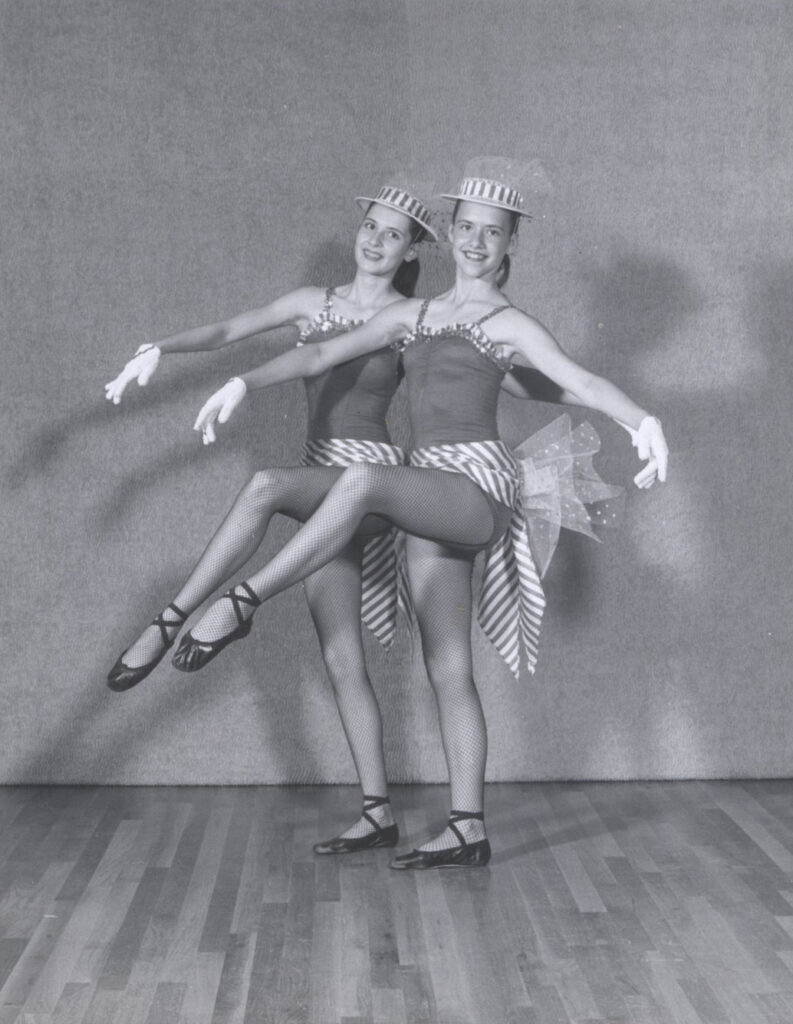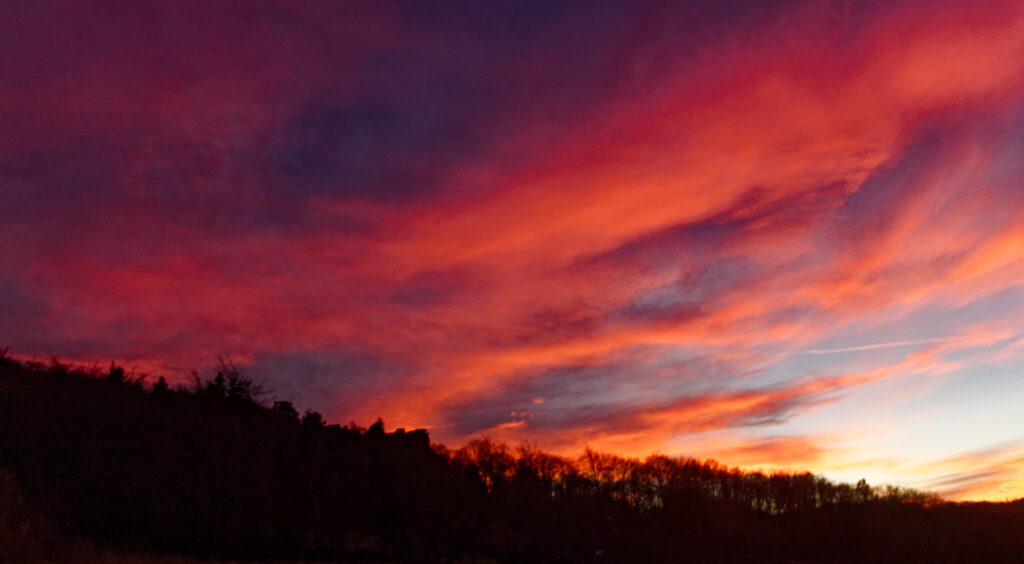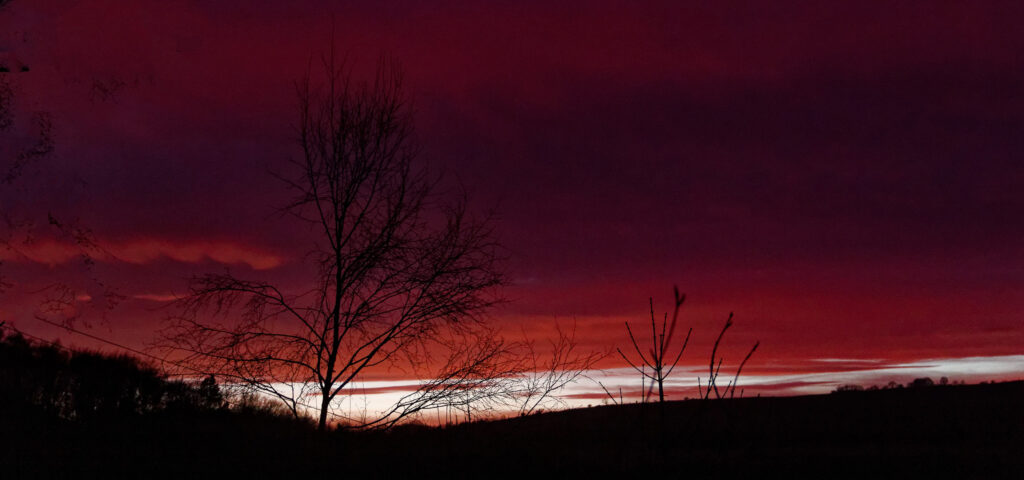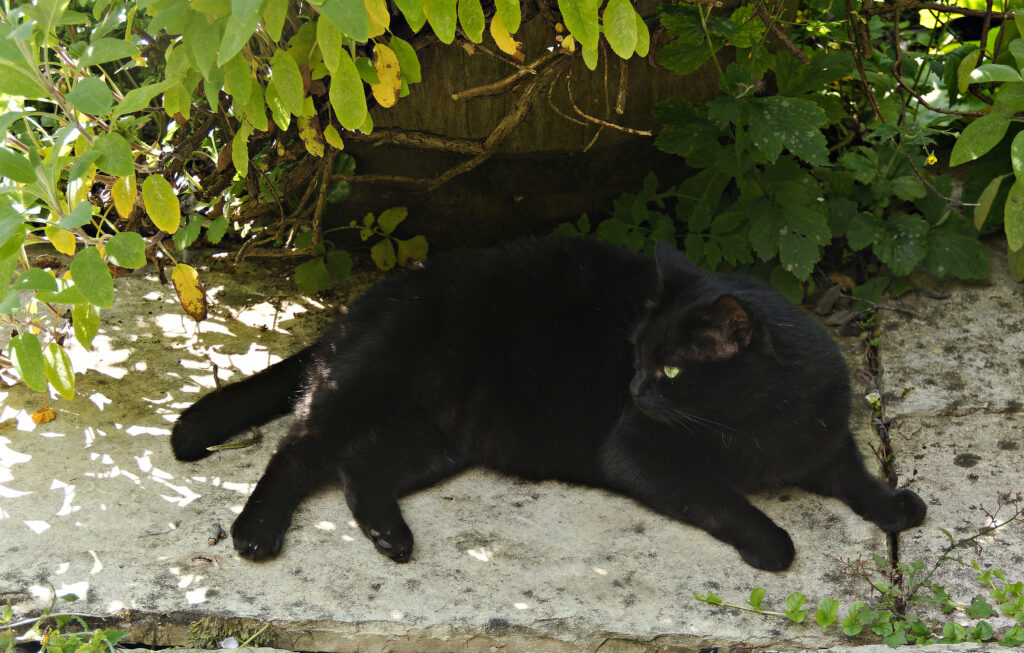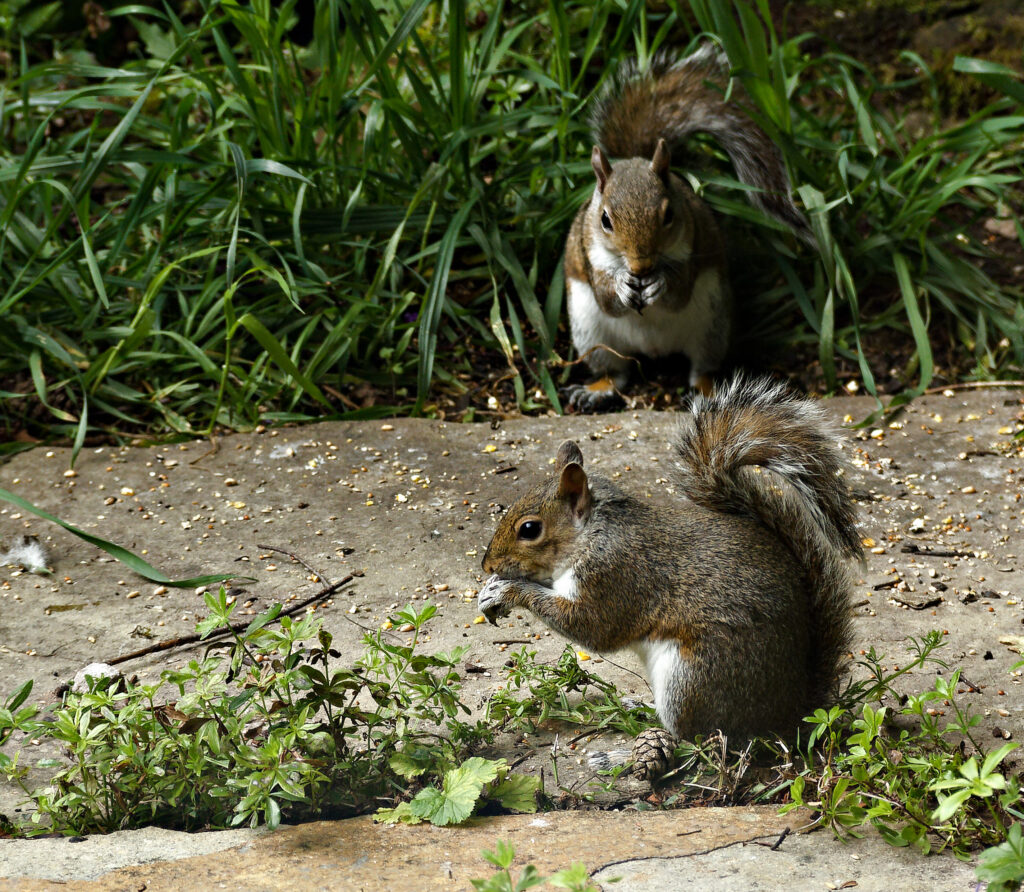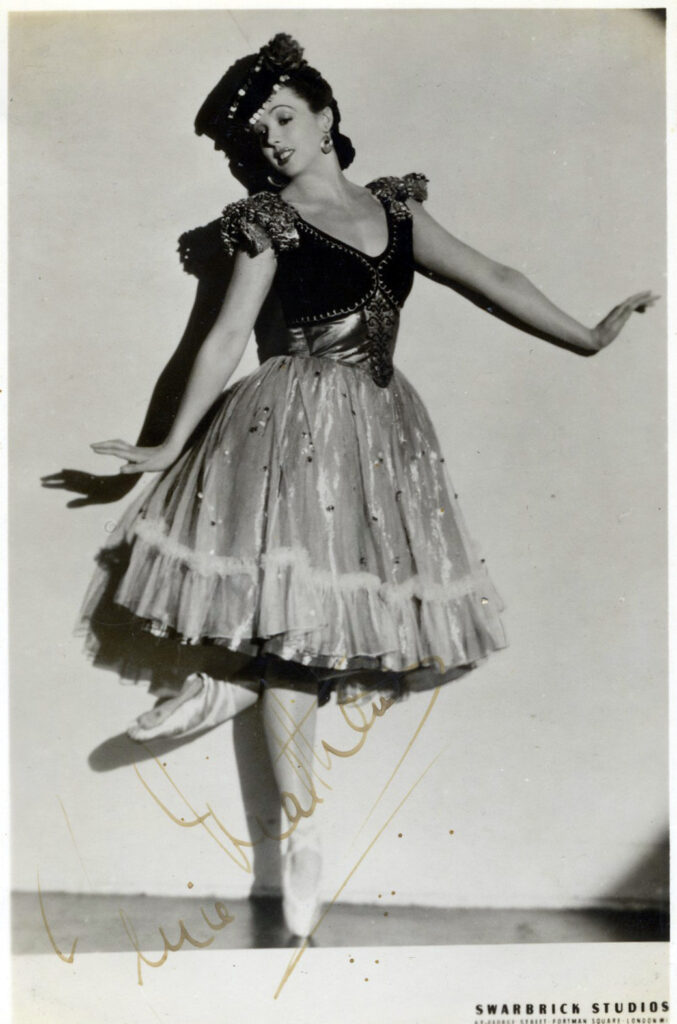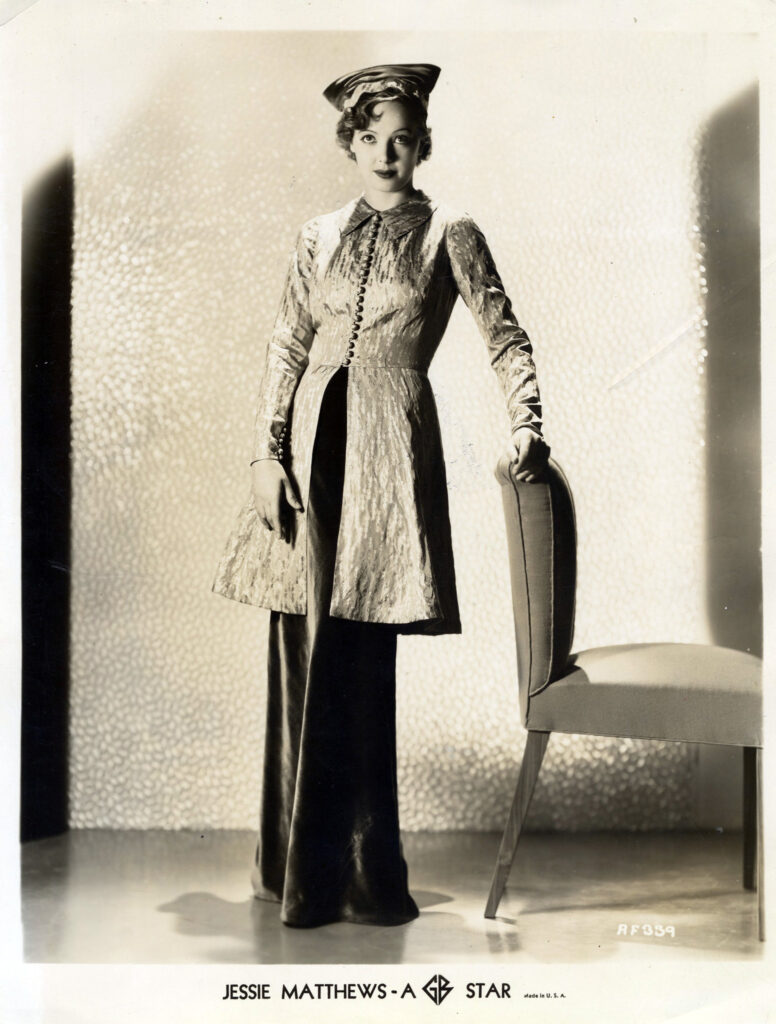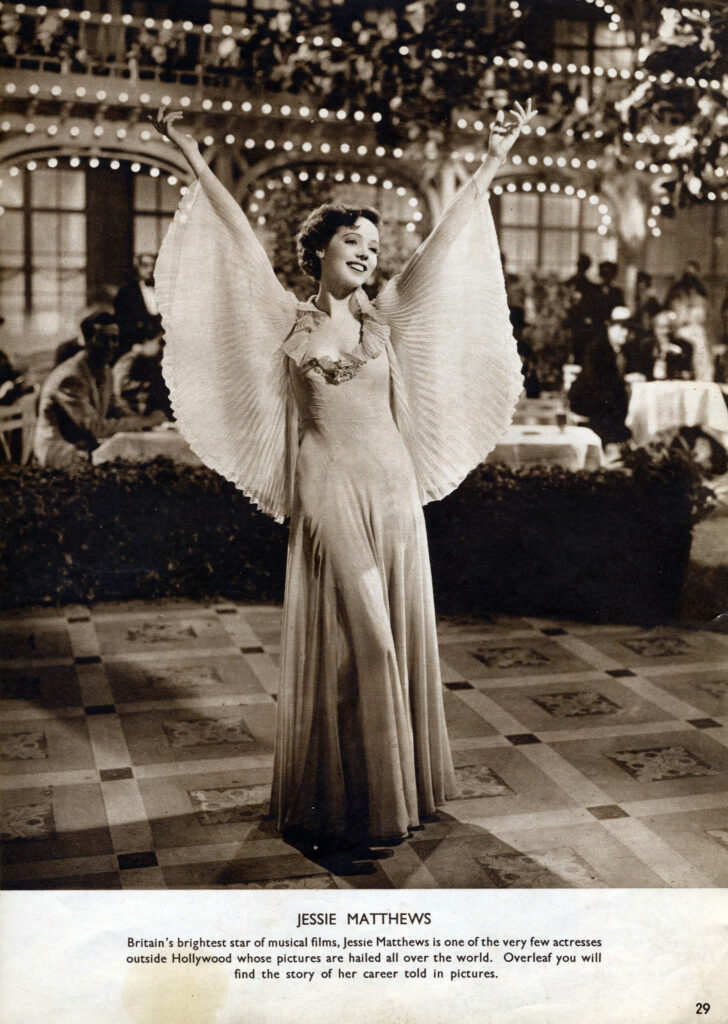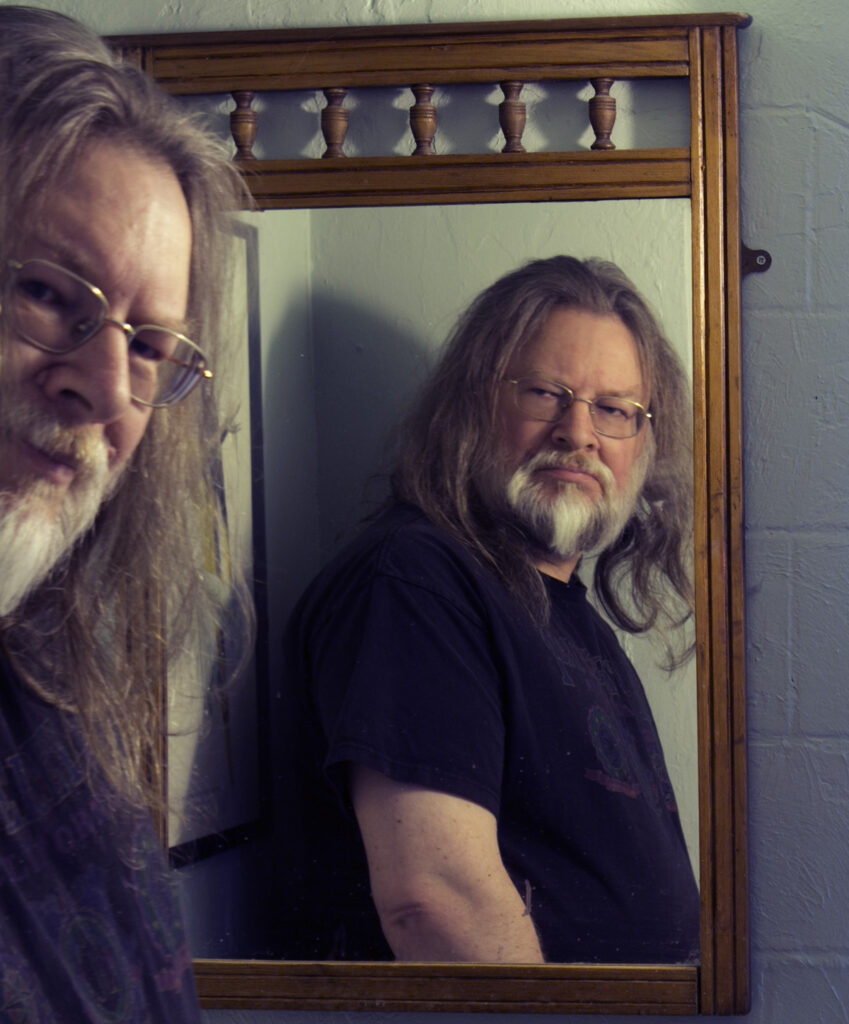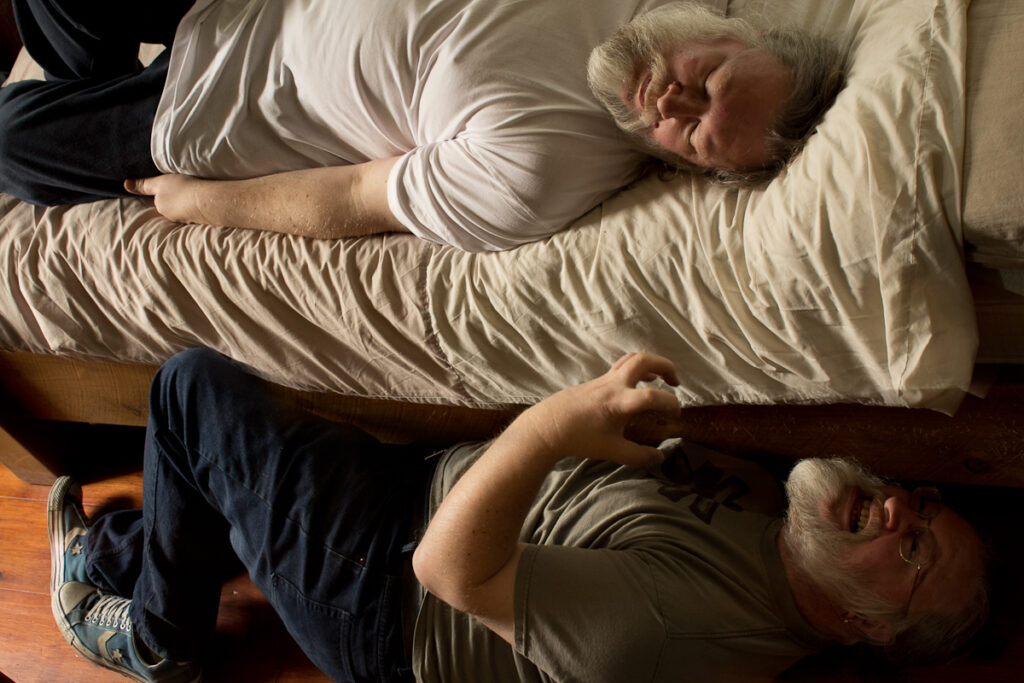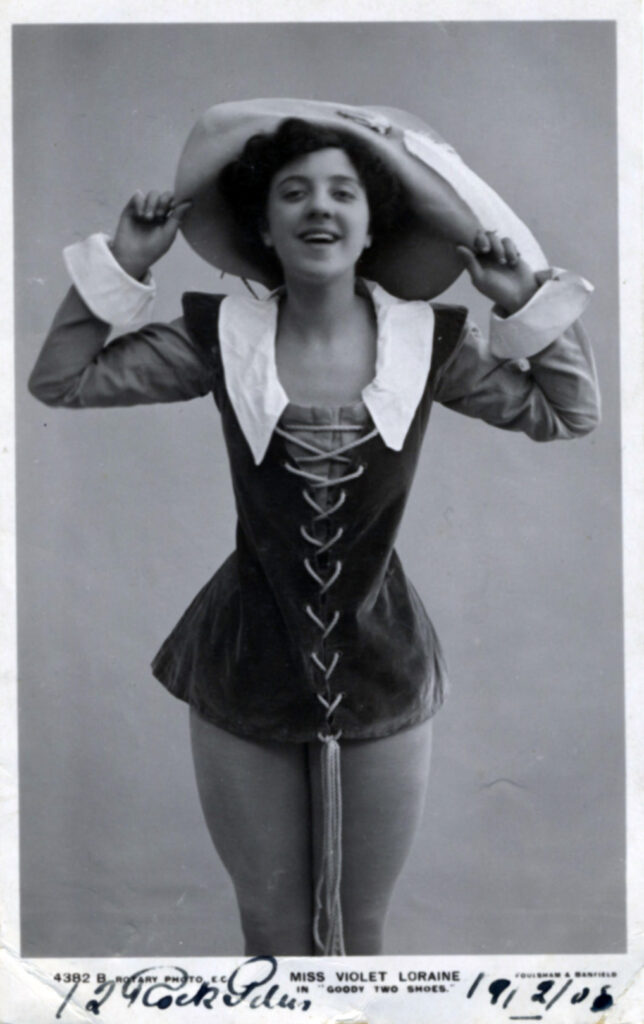
“So often it’s hard or impossible to find out anything about music hall performers who appear on Real Photographic Post Cards. In the case of Violet Lorraine there’s a fair amount of material to be found. Wikipedia tells us:
She was born Violet Mary Tipton in Kentish Town, London, in 1886 and went on the stage as a chorus girl at the age of sixteen. Her rise to fame came in April 1916 at the Alhambra Theatre in the musical/revue The Bing Boys Are Here. She was given the leading female part, Emma, opposite George Robey playing Lucius Bing. It became one of the most popular musicals of the World War I era. She retired from the stage on her marriage on 22 September 1921 to Edward Raylton Joicey MC (1890–1955) and they had two sons, John and Richard. She returned to acting for the screen, appearing in Britannia of Billingsgate (1933), a musical based on the play of the same name by Christine Jope-Slade and Sewell Stokes, followed by Road House in 1934.
Violet Mary Joicey died in Newcastle upon Tyne in 1956, eight days short of her seventieth birthday.”
Further information can be seen in this article from an old magazine:

Violet was famous for singing “If you were the only girl in the world” with George Robey. You can hear her singing if you search her name on Youtube.



I’ve shown the RPPCs in my collection but there are lots more out there.
Finally, and I don’t know whether to believe this, the John Peel Wiki claims that he played played her track, ‘When We’ve Wound Up The Watch On The Rhine’ on his radio show.





